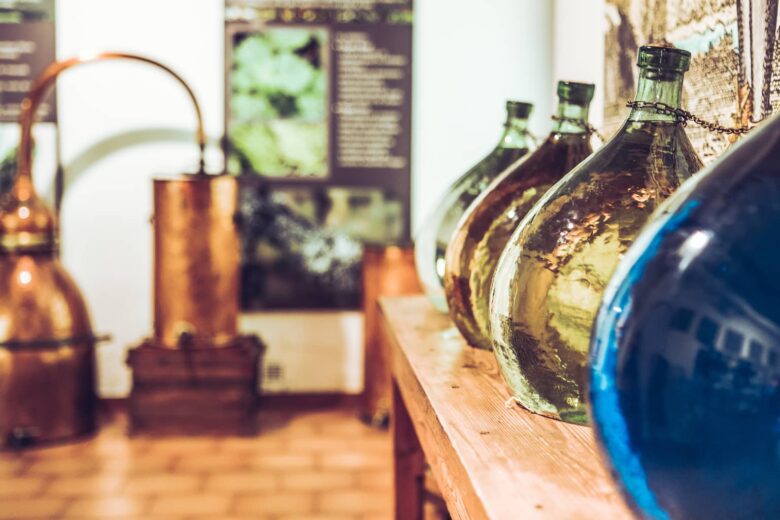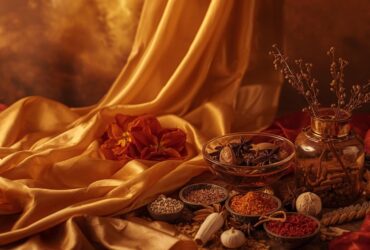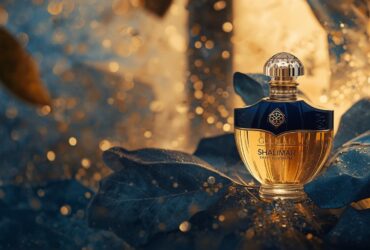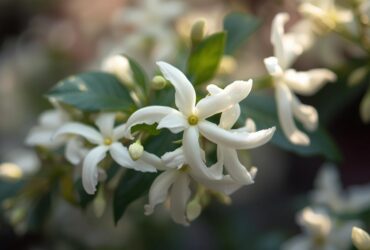Perfume has a remarkable ability to transport us to different eras and evoke memories of times long past. Just like a time capsule, certain fragrances have captured the essence of bygone eras, preserving their scents and cultural significance for generations to come. In this article, we delve into exploring historical fragrances and their significance. Exploring their stories, ingredients, and the profound impact they have had on the perfume industry and society as a whole.
Throughout history, perfumes have played a significant role in various civilizations and cultures. Ancient Egypt, known for its mastery of fragrance, produced exquisite perfumes using natural ingredients like myrrh, frankincense, and lotus. These perfumes were not only used for personal adornment but also for religious rituals and mummification processes. They provided a glimpse into the rituals and beliefs of the ancient Egyptians, offering a fascinating insight into their daily lives.
Moving forward in time, the Renaissance era witnessed a resurgence of interest in perfumery. Perfumers began experimenting with new ingredients and techniques, resulting in the creation of complex and sophisticated fragrances. One such fragrance that emerged during this period was “Eau de Cologne,” a citrus-based concoction that became synonymous with elegance and refinement. This fragrance captured the spirit of the Renaissance, with its emphasis on art, beauty, and intellectual pursuits.
The 19th and 20th centuries witnessed significant advancements in perfumery, marking the birth of iconic fragrances that have stood the test of time. Chanel No. 5, created in 1921 by Ernest Beaux for Coco Chanel, revolutionized the perfume industry with its innovative use of aldehydes and floral notes. It became a symbol of feminine elegance and remains a classic to this day, encapsulating the spirit of the roaring 20s and the changing role of women in society.
Perfumes from the mid-20th century, such as Guerlain Shalimar and Dior Miss Dior, reflect the glamour and sophistication of the post-war era. These fragrances exude sensuality and allure, embodying the optimism and newfound freedom of the time. They became iconic symbols of femininity, capturing the essence of an era marked by elegance, luxury, and social transformation.
Each historical fragrance tells a unique story, reflecting the cultural, social, and artistic influences of its time. They are a testament to the craftsmanship and creativity of perfumers who have sought to capture the spirit of an era in a bottle. Exploring these fragrances allows us to immerse ourselves in history and gain a deeper understanding of the cultural significance attached to scent.
In conclusion, perfume acts as a time capsule, preserving the scents and stories of past eras. Historical fragrances provide us with a glimpse into different periods, allowing us to experience the essence and emotions of times gone by. They serve as a testament to the evolution of perfumery and its enduring impact on our senses and collective memory. By exploring historical fragrances, we gain a greater appreciation for the artistry, cultural significance, and enduring legacy of perfume throughout the ages.
So, next time you encounter a historical fragrance, take a moment to inhale its aroma and let it transport you to another time. Allow the scents to awaken your senses and uncover the stories they hold. For within each bottle lies a small piece of history, waiting to be discovered and cherished.








Leave a Reply